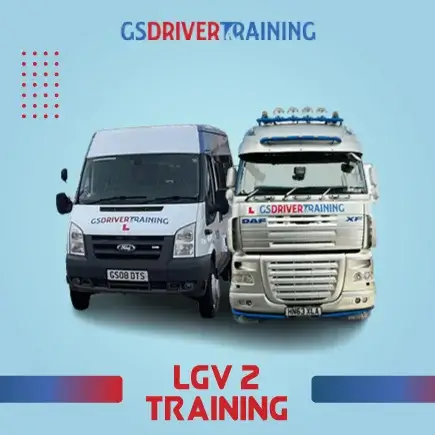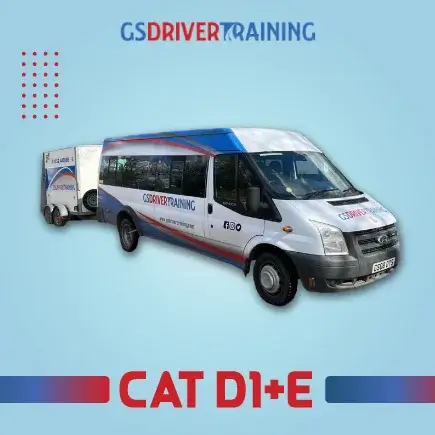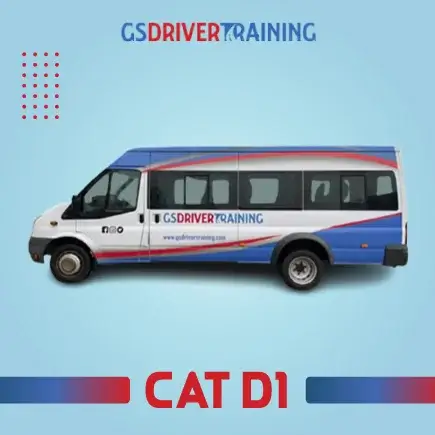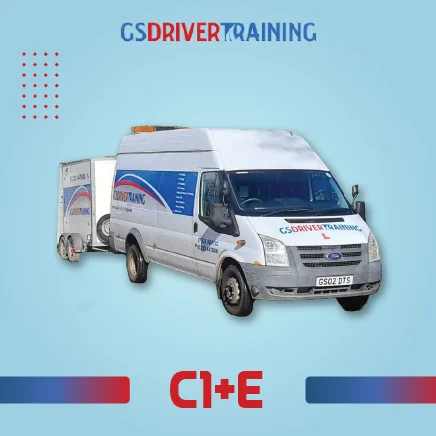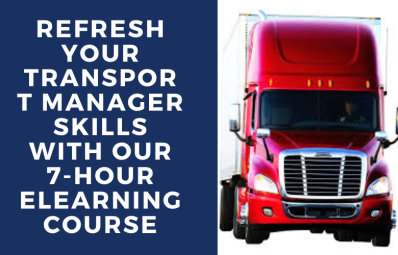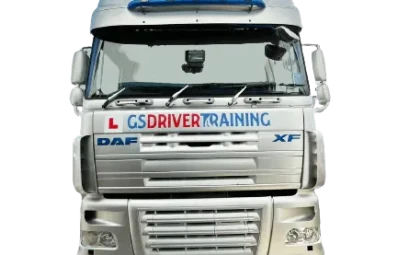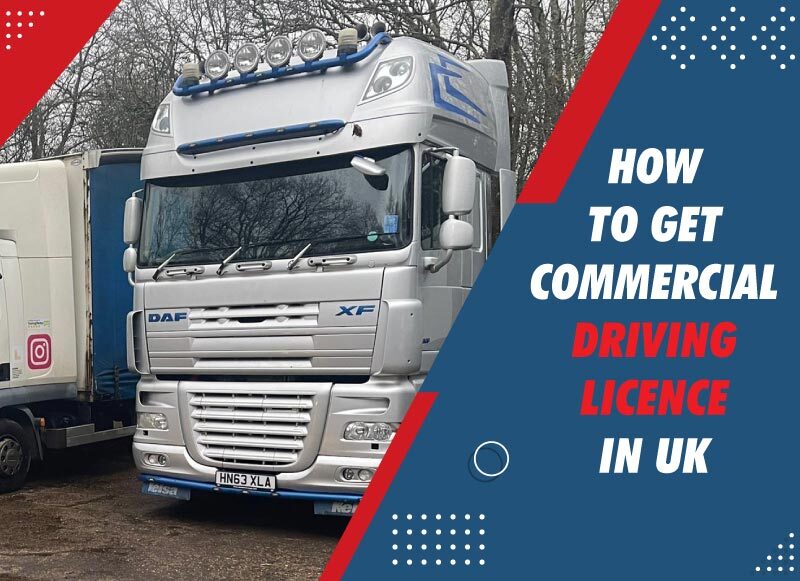
Commercial vehicles generally transport goods or passengers, requiring a Commercial Driving licence for legal and safe driving. This category includes lorries and other heavy goods vehicles, such as buses and large vans.
If you want to work as a commercial driver, you must first complete several aspects.
Steps to get a Commercial Driving Licence
The main processes to get a commercial driving licence in UK are detailed below.
- In UK, there are several categories of commercial driving licences, including C, C1, C+E, C1+E, D1, and D. To obtain one of these specific licences, you must also meet certain standards and pass some tests. What type of commercial driving licence you need is critical in selecting your next steps.
- The next step in getting a commercial driving licence is to apply for provisional driving privileges. You must, however, hold a valid UK car driving licence before getting the commercial licence.
- Apply for the Provisional Entitlements
- The BE licence is for towing vehicles that weigh almost 3,500 kg with a trailer.
- G licence allows you to ride a road roller.
- H licence is for Tracked vehicles.
- C1 licence allows you to drive vehicles weighing between 3,500 and 7,500 kilograms (with a trailer up to 750kg).
- C licence is for driving cars that weigh more than 3,500 kg (with a trailer up to 750kg).
- D1 licence assists you in driving minibuses while having a maximum capacity of 16 passengers and a length of up to 8 metres (with a trailer up to 750kg).
- D licence is for bus drivers with more than eight passengers (with a trailer up to 750kg).
- Then you need to go for Driver CPC (certificate Of Professional Competence), which includes passing the Driver Certificate of Professional Competence (CPC) test. The first part for the same is a theory test. The theory test is for two types. MCQ test and the Hazard perception test.
- The Case studies Driver CPC test is likewise done on a computer and consists of seven case studies with six to eight questions each case study. The case studies are as per the circumstances that you are likely to experience in your day-to-day driving, taking thirty minutes to complete each assessment.
- Next, you need to go for the Driver CPC Case study and the practical test. The Driver CPC concludes with a practical demonstration test. You must have passed the case studies test in order to book it. This test covers your capacity to load your vehicle safely, maintain it secure, halt the trafficking of illegal immigrants, etc.
- You will then receive a Driver CPC card required when professionally driving coaches, lorries, or buses.
- To maintain your certification, you must complete 35 hours of periodic training every five years.
Frequently Asked Questions
For how many hours a local commercial driver can drive?
After being off work for ten or more consecutive hours, you are allowed to drive for up to 11 hours in a 14-hour period. When you start any related work, the 14-hour driving window begins.
What are the mistakes that one should avoid while driving commercial vehicles?
The common mistakes made while Commercial vehicle driving is:
- Slamming on the brakes.
- Do not Linger Closely.
- Not aware of your surroundings.
Can we drive a commercial vehicle on a provisional licence?
On a provisional licence, you can drive a van weighing up to 3.5 tonnes. Commercial vehicles, on the other hand, require a full licence.
Also Read: Types of Driving Licences UK
Also Read: How much do HGV Drivers Earn Per Hour?

